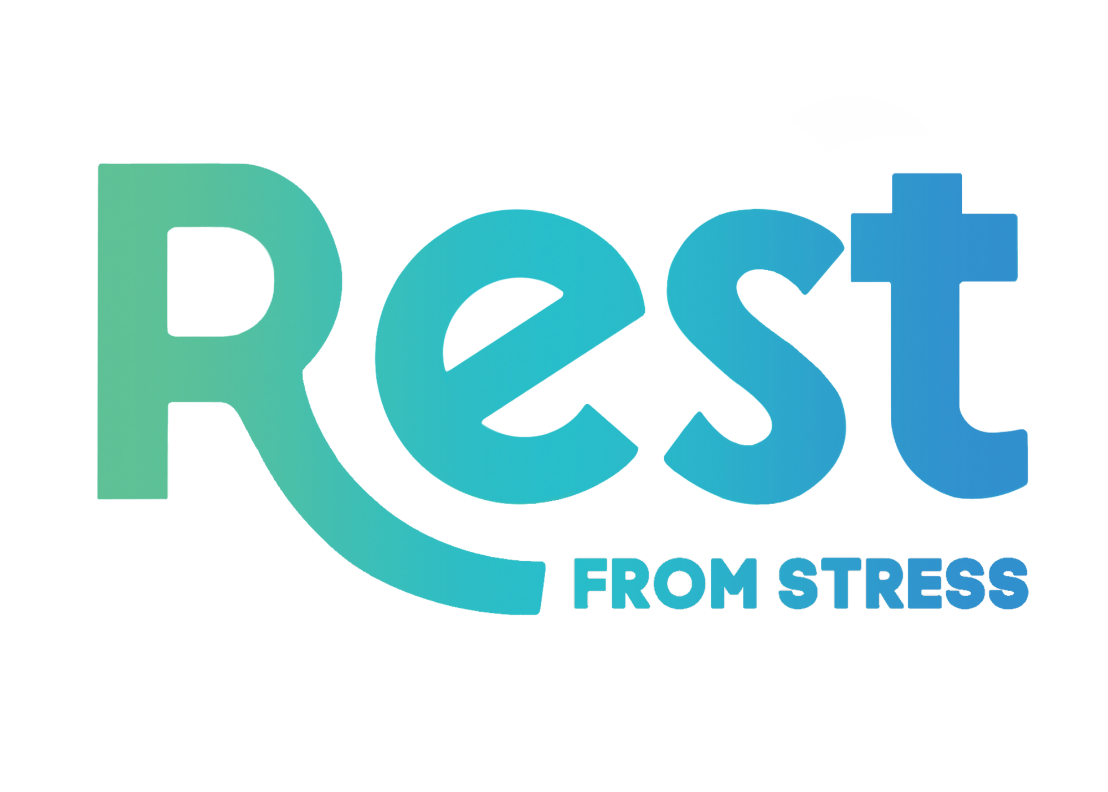Anyone can set a goal: “My team will make a billion dollars in sales this week.” The question is, can the goal be achieved?
Achievable goals have several common characteristics.
- They align with the person’s or tribe’s mission, values, and strategy.
- They are specific and measurable.
- The needed resources are available (gym membership, trained people, sales leads).
- They have a time limit.
- They have boundaries of minimums and maximums.
- There is a plan in place for achieving them.
Understand the Difference between Goal Setting and Problem Solving
Addressing a problem requires finding a solution; setting a goal requires action. While a specific problem is often the source of the goal, that goal is probably only one part of the solution. For example, the goal of achieving a billion dollars in sales might be prompted by a problem with revenue; the solution may include goals of cost-cutting and new product development, as well as increased sales. Think of problem-solving as the umbrella and goals fall underneath to achieve the solution.
Group over Individual Goals
Achieving goals is a science. For example, a study in the Journal of Applied Psychology found that groups performed significantly better with specific goals, regardless of the complexity of the tasks to reach those goals. However, individual goals harmed group performance. For a leader, this has practical effects: setting a specific group goal of one billion dollars in sales is more likely to succeed than mandating individual goals of one million dollars each or having the entire family clean the garage together versus assigning each family member a particular task and timeline to complete it.
Select among Competing Goals
You seldom have one goal to reach at a time. Even in a single project, you have the goals of finishing on time, on budget, to the people’s satisfaction, and without causing burnout or turnover in your team. You may have to adjust your goals to account for the achievements of other departments and leaders or for changes in the supply change or competitive landscape.
Even in the personal space, your goals may not mesh with others. You want to reduce screentime throughout the family while your spouse’s goal of more relaxation includes screentime. Goals are competing even when you’re not.
Most highly regarded methods of selecting goals (25-5 Rule, SWOT analysis, decision tree) boil down to prioritization. Find the most essential goal, concentrate on that, and ignore the others until that goal is met. The techniques of organizational decision-making can help you determine which of your goals are highest in priority and anticipate the effect of lower priority goals (preventing turnover) on higher priority goals (satisfaction rating).
Ensure Your Team’s Cooperation
Having people committed to goals instead of compliant is critical to the speed at which the goal is successful. One of the ways people lose commitment to another’s cause is by the mixed messages often sent. Saying no screentime during the week for anyone while you work on a computer all day with easy access to websites you love and deliveries from online shopping still arriving at regular intervals.
At work, leaders can send out a confusing message saying they want new sales leads at any cost but then question the quality of the leads they gathered. The question of quantity or quality can be confusing.
To ensure the right people are on board to drive the goal to success, involve them in developing the goals based on the strategy, resources, time allowed, and essential considerations. In addition, members must see the value of the goal from their perspective: often, people of higher authority (parents, management, seniors) are set without considering the effect on personal goals and factors such as existing workloads.
At every stage of the process, communicate to ensure the goal is understood and achievable, reward achievements, and make the appropriate course corrections.



